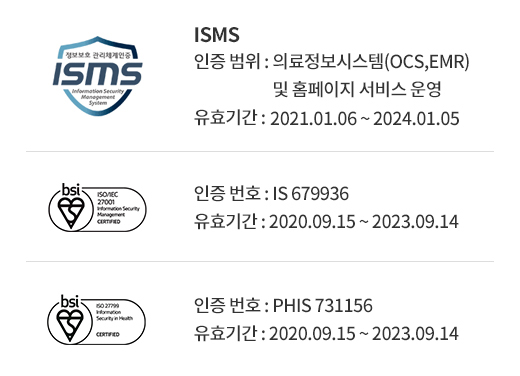-
-

-
Hwang, JeongMin
Specialty Strabismus and Pediatric Ophthamology
about appointment
-
-
-

-
Kim, Tae-Woo
Specialty Glaucoma, Cataract
about appointment
-
-
-

-
Hyon, JoonYoung
Specialty Cataract Surgery, Cornea Transplant, Sjogren's Syndrome
about appointment
-
-
-
.png
)
-
Woo, SeJoon
Specialty Retina, Age-related macular degeneration, Inherited retinal disease, diabetic retinopathy, uveitis, retinal detachment, retinal vascular diseases
about appointment
-
-
-

-
Kim, Namju
Specialty Thyroid eye disease, Orbital disease, Lacrimal drainage disorder
about appointment
-
-
-

-
Lee, EunJi
Specialty Glaucoma, Cataract
about appointment
-
-
-

-
Yang, HeeKyung
Specialty strabismus, pediatric opthalmology, and neuro-ophthalmology (optic neuropathy, diplopia)
about appointment
-
-
-

-
Park, SangJun
Specialty Retina
about appointment
-
-
-

-
Jeon, HyunSun
Specialty Cornea and External eye diseases, Cataract surgery, Keratoplasty (PKP, DSAEK), Visual Rehabilitation with contact lenses
about appointment
-
-
-

-
Joo, Kwangsic
Specialty Retina
about appointment
-
-
-

-
KIM, MINSEOK
Specialty retina, vitreous
about appointment
-






